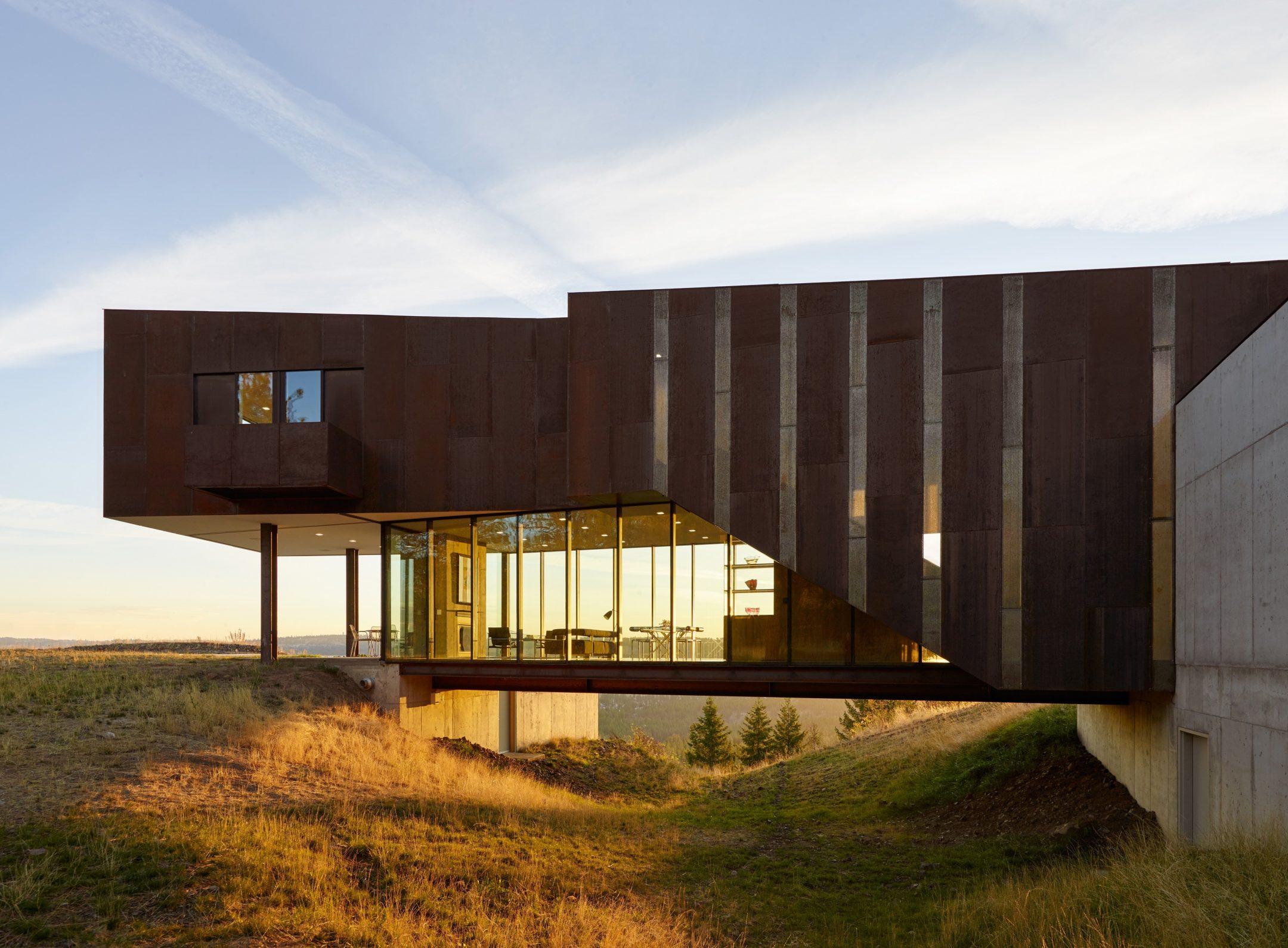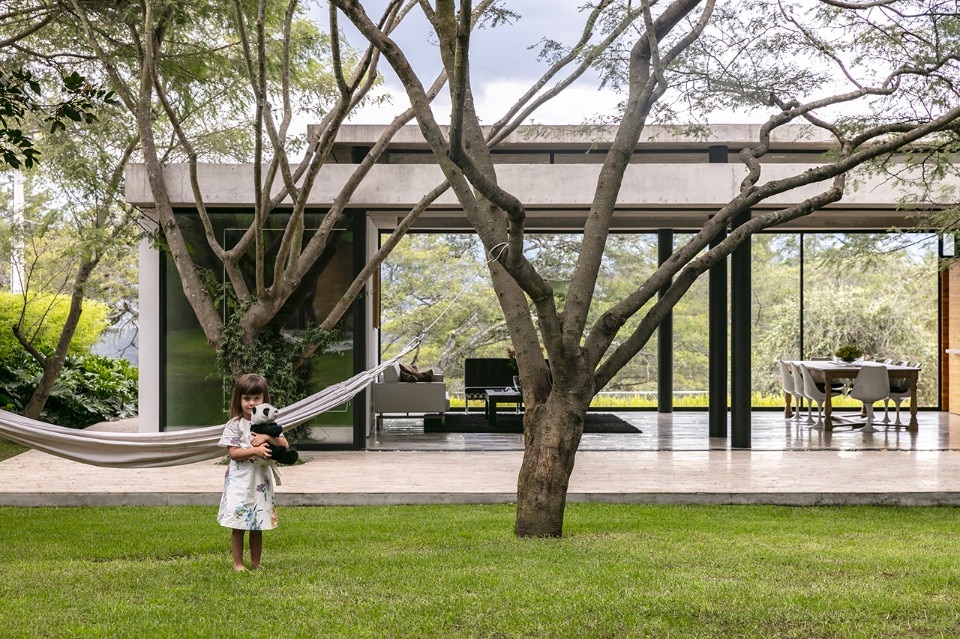
Steel, concrete, glass – and in the Pacific Northwest especially, just the right wood. Modern design is recognizable by its materials as much as its shapes. The terms are familiar: clean, simple, functional – removing distractions to allow people to live and enjoy without complications. The right materials help. They help the people, and by being sustainable they help the planet. How long do they last?
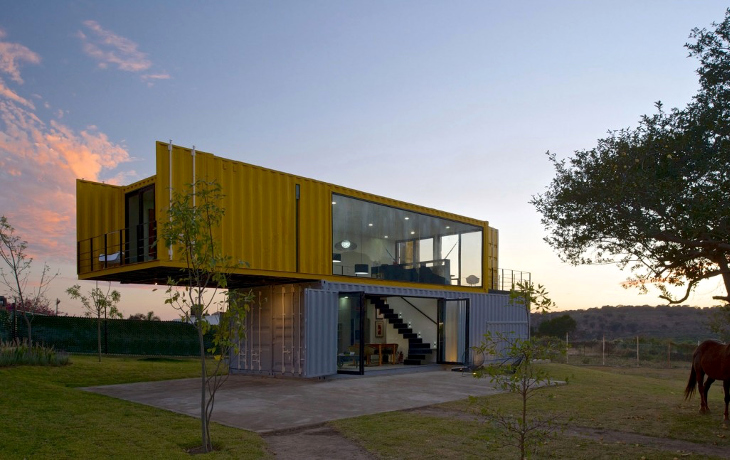
Those three little pigs. Their story isn’t very old, either. It first showed up about two hundred years ago. Straw, sticks, and bricks were the houses they built, and bricks were the material the wolf couldn’t blow down. Builders of straw bale or stick-built houses may have their own opinion about the story. (Maybe the piggies should’ve built to code.) But the essence of the story remains. Think through what you’re trying to do with a house, and use the materials that let you do it.
Steel
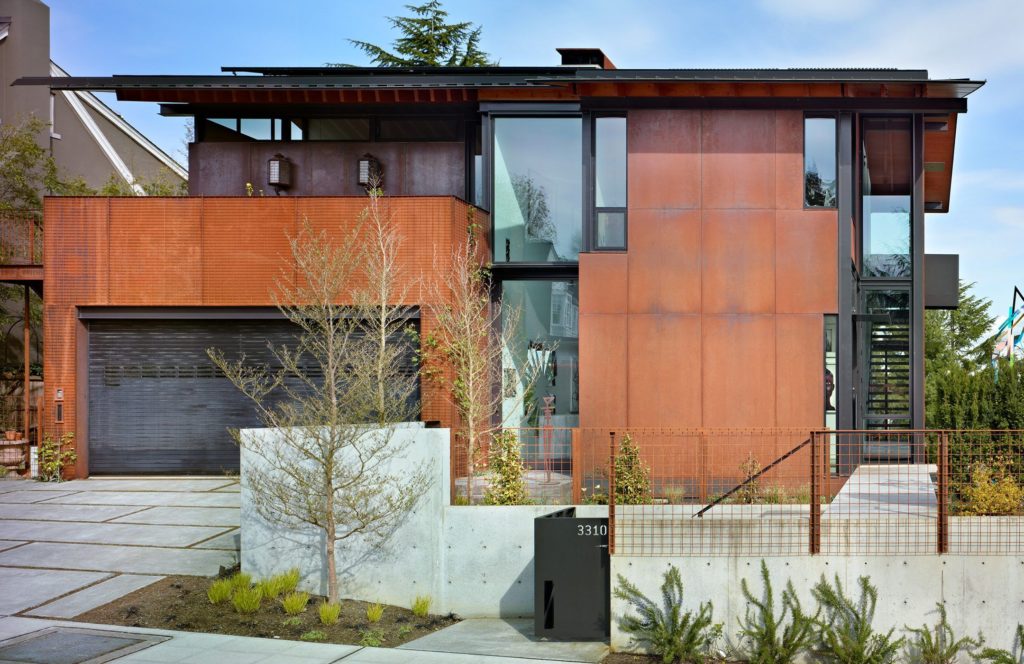
Whether as corrugated siding, metal roofing, exposed structural members, or hidden steel studs, the metal is known for durability. It is hard to crack, and can be designed for flexibility, rigidity, tension and compression. Steel is the prime choice for long, uninterrupted openings. Beams can be built to almost any length, exceeding the typical sizes of dimensional lumber. The main two limits are the capacity of the mill and the size of the delivery truck. It is free from insect damage, won’t burn, and can be earthquake-stable.
Steel won’t rot, but it will rust. With the right metal that rust becomes a protective coating. Even for metals that can rust, paint becomes an easy protection. Steel ships test steel’s ability to survive harsh environments by traveling through salt water every day, crossing oceans and surviving storms. The primary protection is familiar to every sailor. Paint. Paint. And paint, again.
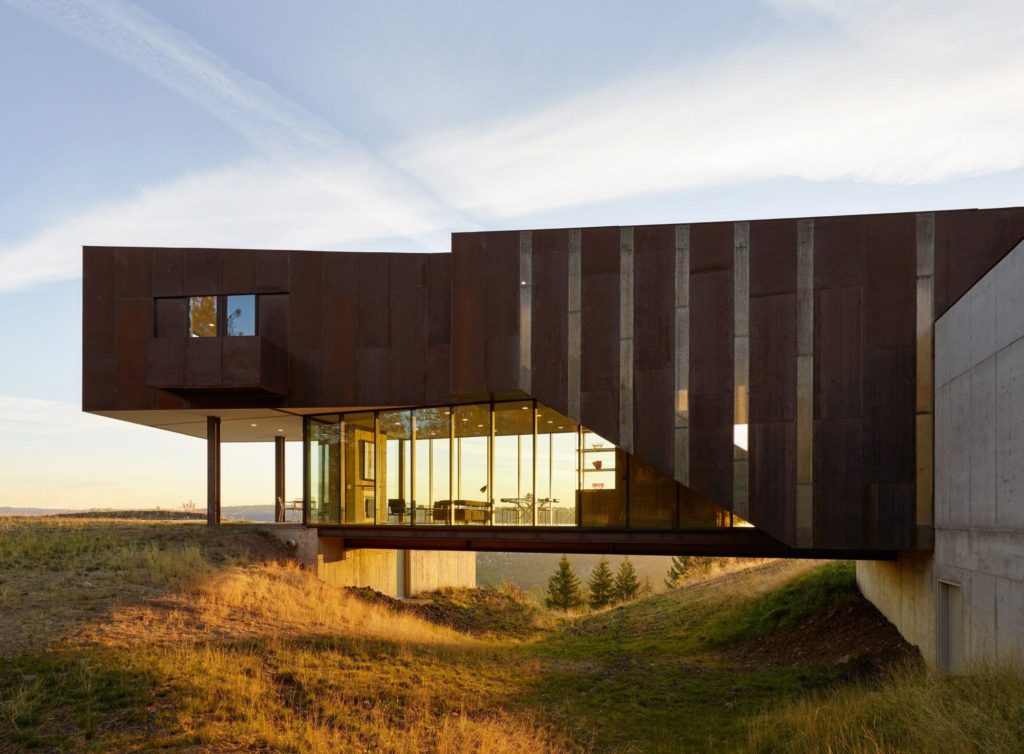
On land, steel has fewer things assaulting it. Properly selected, prepared and placed, and kept rust-free, steel’s lifecycle can be measured in centuries. Want more proof, see the Eiffel Tower and well-maintained bridges. Be careful, though. Plenty of old barns are proof that steel left untended is not eternal.
Concrete
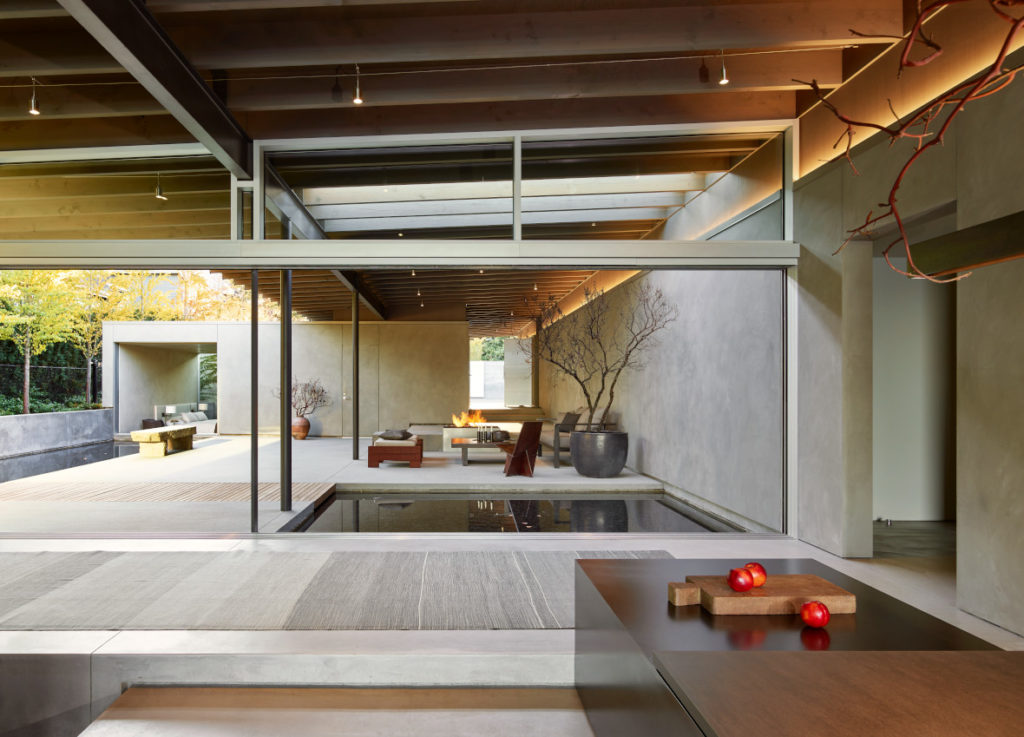
Rocks, gravel, sand, and cement. Mix. Pour. Concrete is essential to the construction of most houses and buildings, but is frequently hidden in the foundation. Architects who championed modernism elevated concrete, literally. Rather than hide it and assign it vital but inglorious tasks, they extended it to the walls and facades. People accept unadorned concrete, and appreciate its role in functional architecture. Exposed, it inspired others to decorate it, sometimes with artistic tile inserts, or patterns molded into the surface. Both are examples of ornamentation that require little maintenance, and that maintain a character for ages.
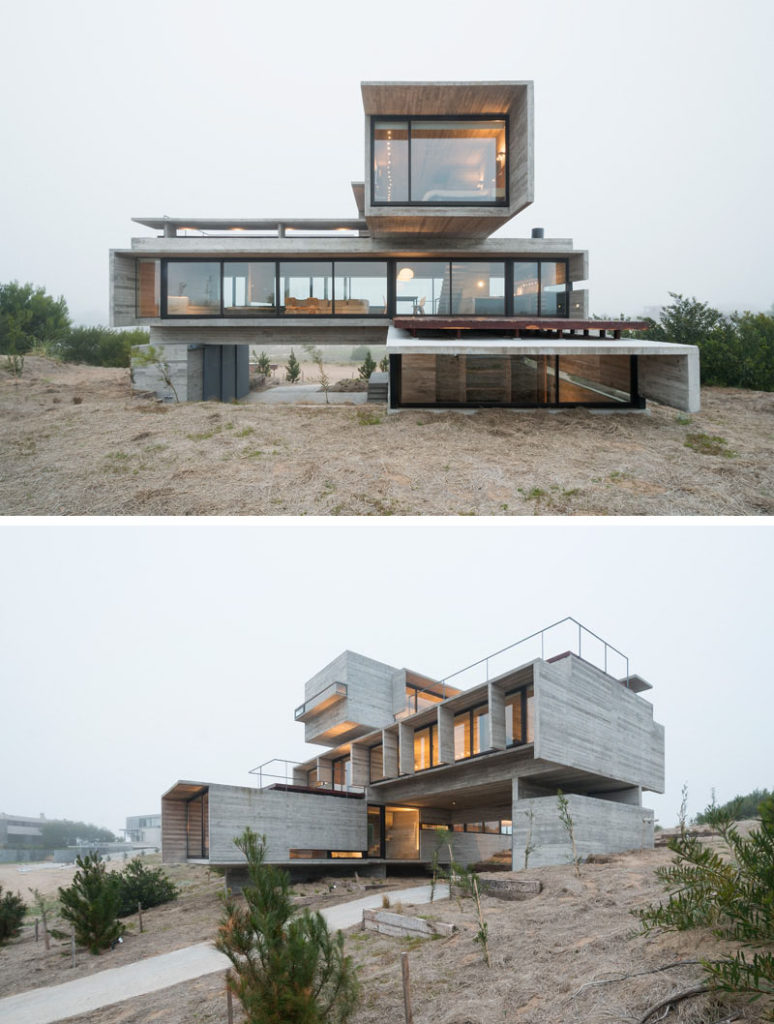
Concrete excels in compression. It takes a lot to crumble properly mixed and poured concrete. Variations on the material have been used for centuries. Its recent popularity was aided by its marriage with steel. Concrete isn’t very strong in tension. It is relatively easy to pull apart; but adding reinforcing rods (rebar) greatly increased its utility. Bridges could be longer. Thermal swings handled more easily. Great expanses of it could cheaply cover and protect surfaces. Take it indoors where it is protected from the elements, and find it used in less-structural places like countertops. Get creative.
Concrete is not invulnerable. Cracks can form from thermal expansion and contraction. Water and ice can wedge open vulnerabilities. Rebar is steel, rust the steel and the combination loses its tensile strength. Concrete’s components are also relatively free from biological assaults, but not completely. Ivy finds a way. Want a testament to longevity? Check some Roman ruins that aren’t very ruined.
Glass
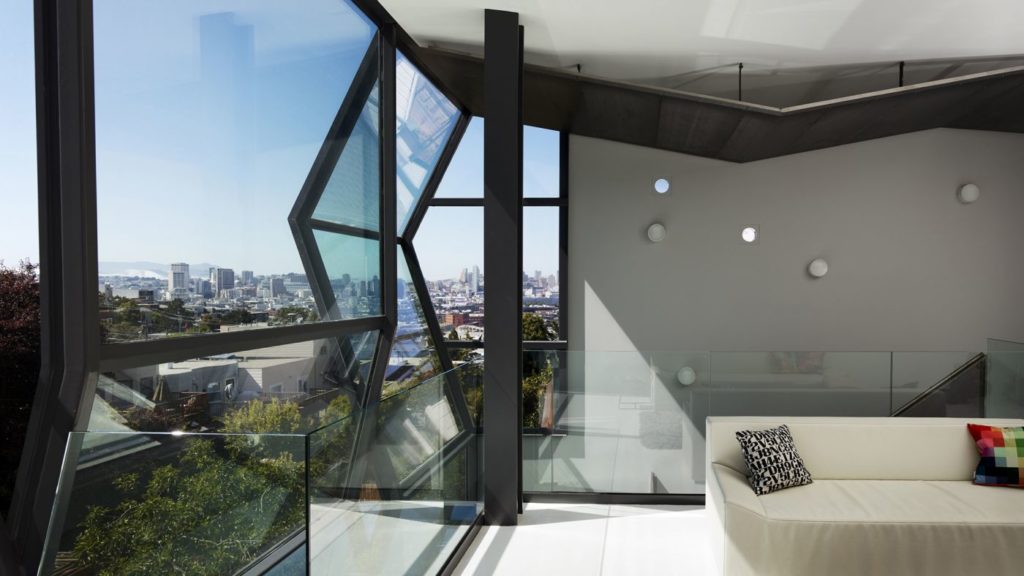
We create and crave those great expanses enabled by concrete walls and massive I-beams. We fill those negative spaces with sheets of glass. Each year it seems that the proportion of wall to windows changes to more windows than walls. There may not be as much room to display paintings, but when the natural view is beautiful enough, a window can be a great trade. We’ve gone from barely translucent tavern windows made from a matrix of old bottle bottoms to optically-clear forty-foot expanses, or enormous aquariums.
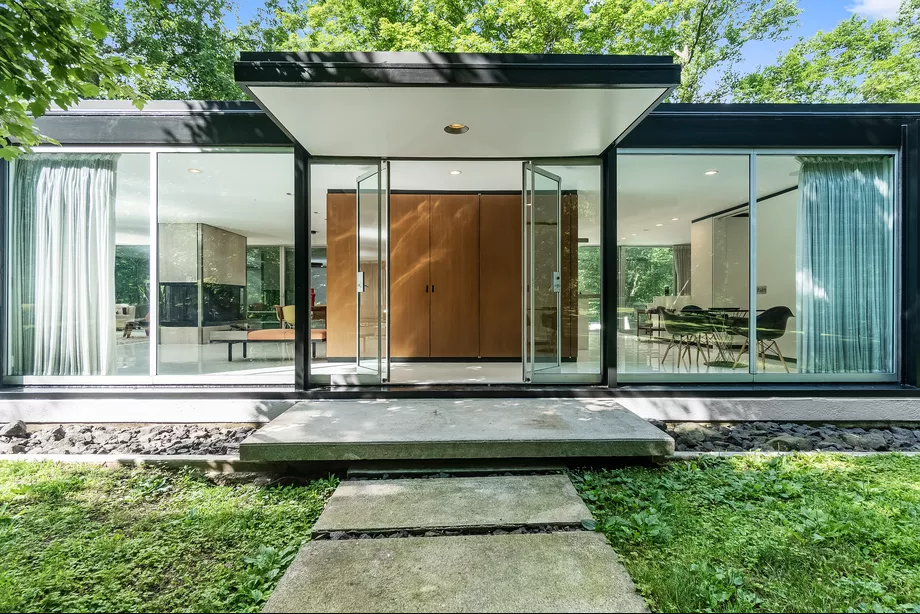
The aquariums prove glass can be structural, but mostly we only ask it to keep the weather out, while letting the view in. Glass is fragile, but special coatings, multiple panes, better ingredients, and laminations dramatically increase its lifespan. Unfortunately, a crack in glass is more noticeable than a crack in concrete. A delamination between two panels can fog the view.
Other materials play roles in modern architecture. Wood’s story is far more complex and worthy of a longer description. Bricks are back, though they never left. Sustainability is becoming an important design criterion. Old materials are being tried: hemp, bamboo, cork, etc. New materials are being developed: vinyls, composites, graphene, etc.
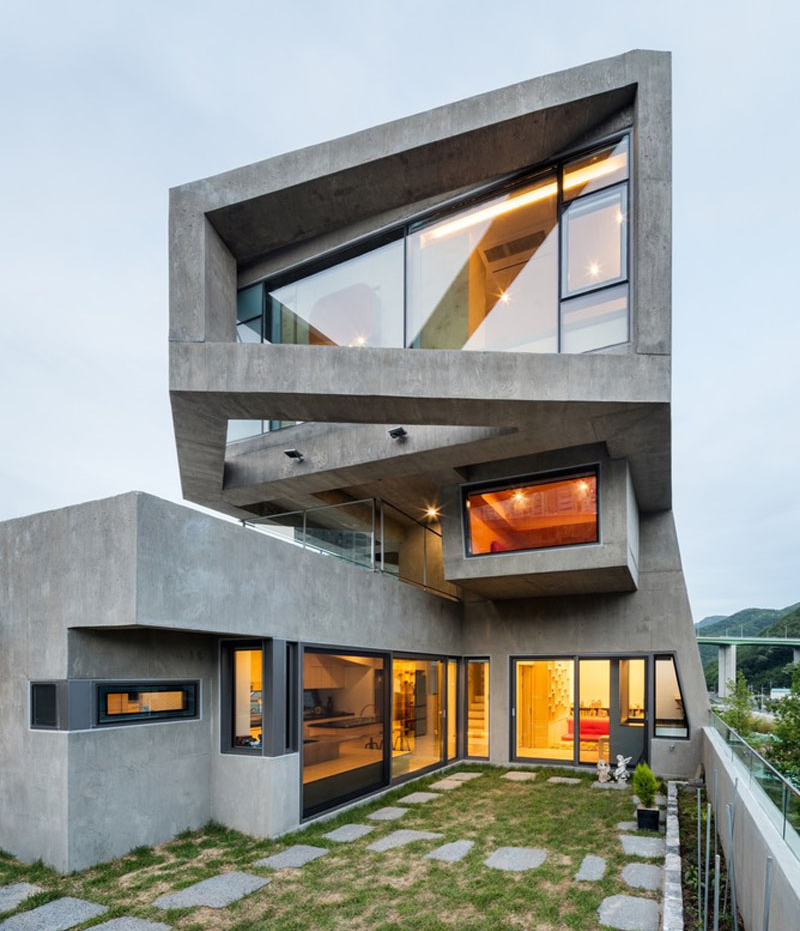
But there’s a common thread between steel, concrete, and glass. They’re poured from melted or mixed inert materials like rock and sand. Steel, melted rock. Natural, if not biological. Concrete, a mix of rocks and old sea shells. Natural, with a bit of biology. Glass, mostly melted sea shells. Mostly natural. Rocks and sand, a couple of pieces of our natural world.
As for the technology we put inside, well, that’s a different story.
